
AeroGenie - مساعد الطيار الذكي الخاص بك.
الرائج الآن
Categories
Why Boeing Designed the 727 with Three Engines
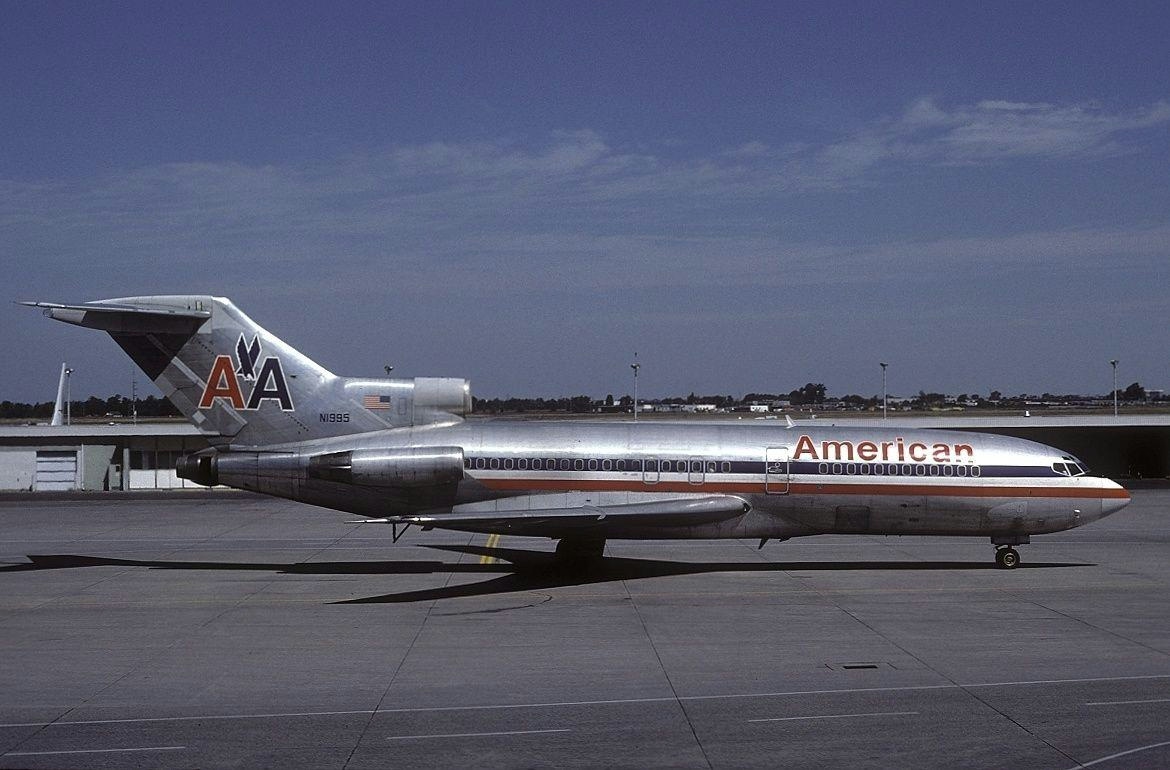
Why Boeing Designed the 727 with Three Engines
When the Boeing 727 was introduced in the early 1960s, its distinctive three-engine configuration immediately distinguished it from the twin- and four-engine jets that dominated the skies. Featuring one engine mounted in the tail and two positioned on either side of the rear fuselage, the 727’s design was a deliberate response to a complex interplay of airline demands, regulatory constraints, and the technological limitations of early jet engines.
Addressing Diverse Airline Requirements
Boeing’s choice to equip the 727 with three engines was largely influenced by the varied operational needs of its three initial customers: United Airlines, American Airlines, and Eastern Air Lines. Each carrier faced unique challenges, including operations from short, high-altitude runways, overwater routes, and congested urban airports. By installing two Pratt & Whitney JT8D engines on the rear fuselage and a third engine in the tail via an S-duct, Boeing created a versatile aircraft capable of meeting the distinct demands of all three airlines.
Technical and Regulatory Considerations
Several technical and regulatory factors converged to make the trijet configuration the most practical solution. Early JT8D engines generated between 13,600 and 16,100 pounds of thrust, which was insufficient for a two-engine jet carrying over 130 passengers from short or high-elevation runways. The addition of a third engine provided the necessary power and enhanced redundancy, thereby improving safety and reliability during flight operations.
Regulatory restrictions also played a significant role. At the time, U.S. regulations limited twin-engine jets to routes within 60 minutes of an emergency landing field, effectively barring access to lucrative markets such as the Caribbean and the Gulf of Mexico. The presence of a third engine allowed the 727 to circumvent these limitations, enabling airlines like Eastern to expand their route networks.
Furthermore, many secondary airports featured runways as short as 4,500 feet, which were inadequate for larger jets like the Boeing 707. The 727’s design, incorporating triple-slotted flaps and a clean wing profile facilitated by rear-mounted engines, delivered superior lift and takeoff performance from these challenging airfields.
Commercial Success and Industry Impact
The market response to the 727’s innovative design was overwhelmingly positive. Initially launched in 1960 with just 40 orders, the aircraft quickly exceeded Boeing’s expectations and became the company’s best-selling airliner until the introduction of the 737. The trijet’s combination of performance, safety, and operational flexibility made it a preferred choice for airlines worldwide, enabling Boeing to penetrate numerous smaller markets.
While competitors explored alternative engine configurations tailored to their own operational and cost considerations, the 727’s success highlighted the importance of balancing technical innovation with practical airline requirements. Its design set a benchmark for versatility and reliability in commercial aviation.
Enduring Legacy and Continued Innovation
The three-engine layout of the 727 was more than a mere technical solution; it represented a strategic adaptation to the evolving commercial aviation environment. Its focus on redundancy, safety, and operational versatility established new industry standards. Although only a limited number of 727s remain in service today, the aircraft’s legacy continues to influence aviation design.
Boeing’s approach with the 727 exemplifies a broader commitment to innovation and responsiveness to market needs—a philosophy that remains central to the company’s strategy. Recent leadership changes and a renewed emphasis on aircraft certification underscore Boeing’s ongoing efforts to revitalize its business and sustain competitiveness in a rapidly evolving industry.
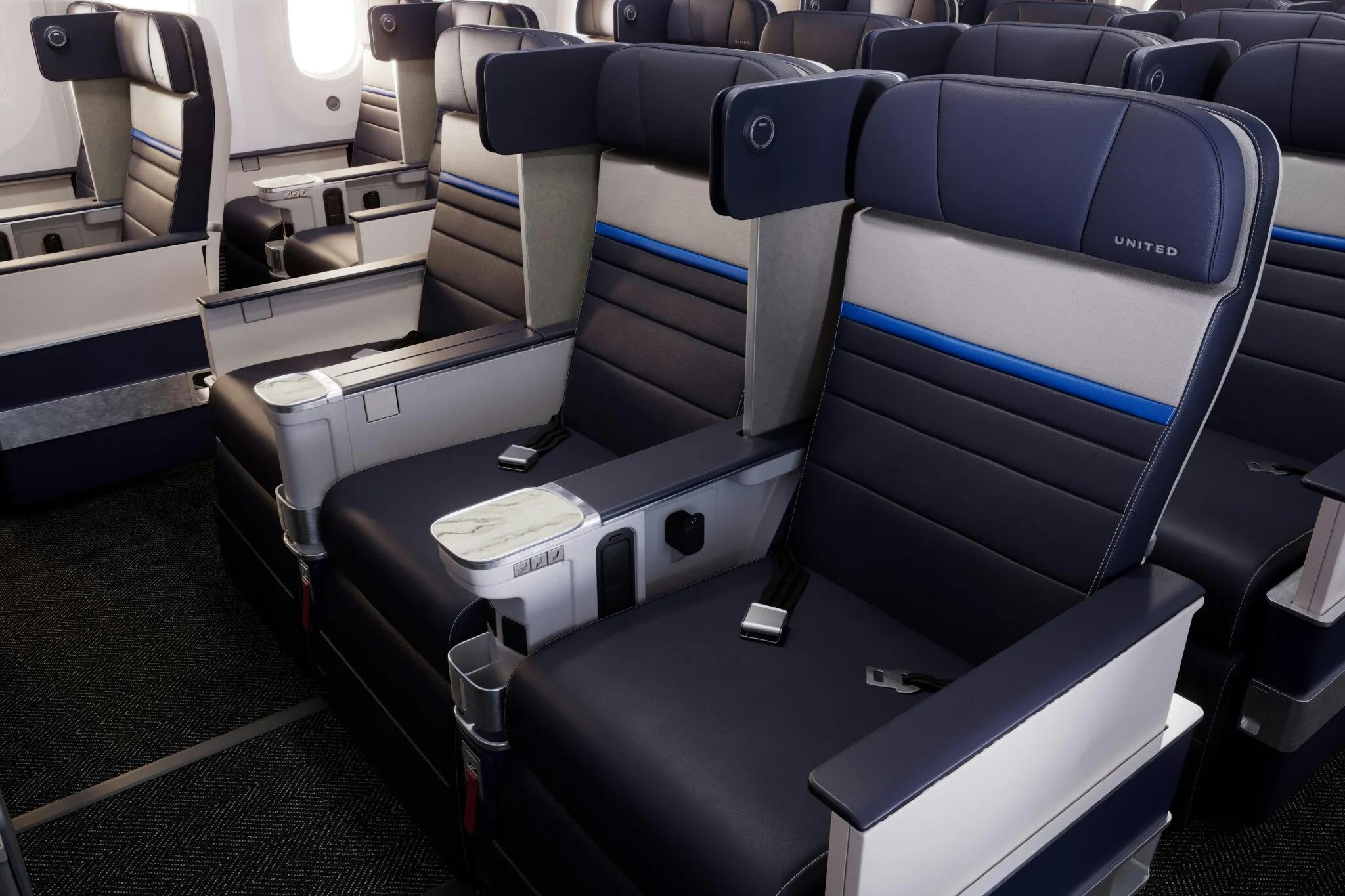
United Airlines Announces Routes for New Premium Boeing 787s
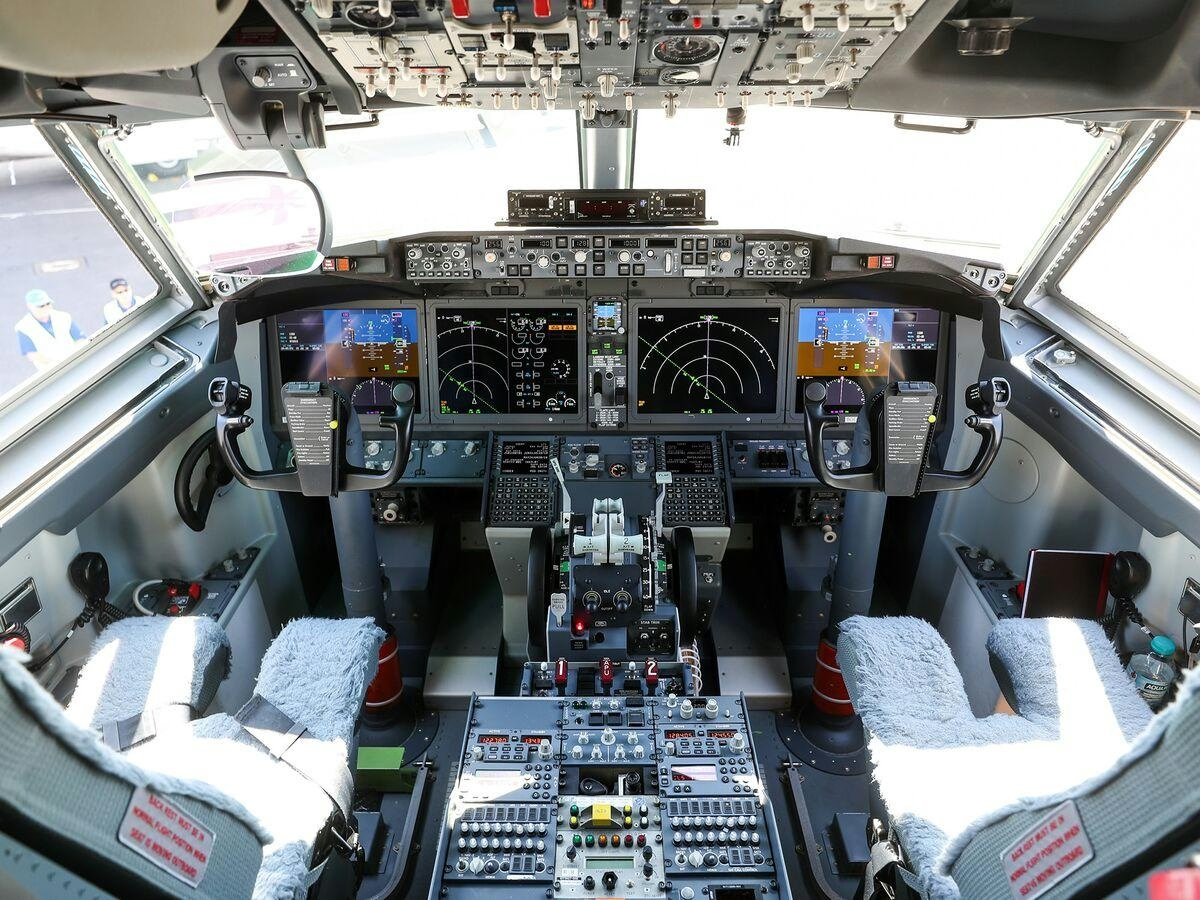
Boeing Introduces Remote Co-Pilot Technology
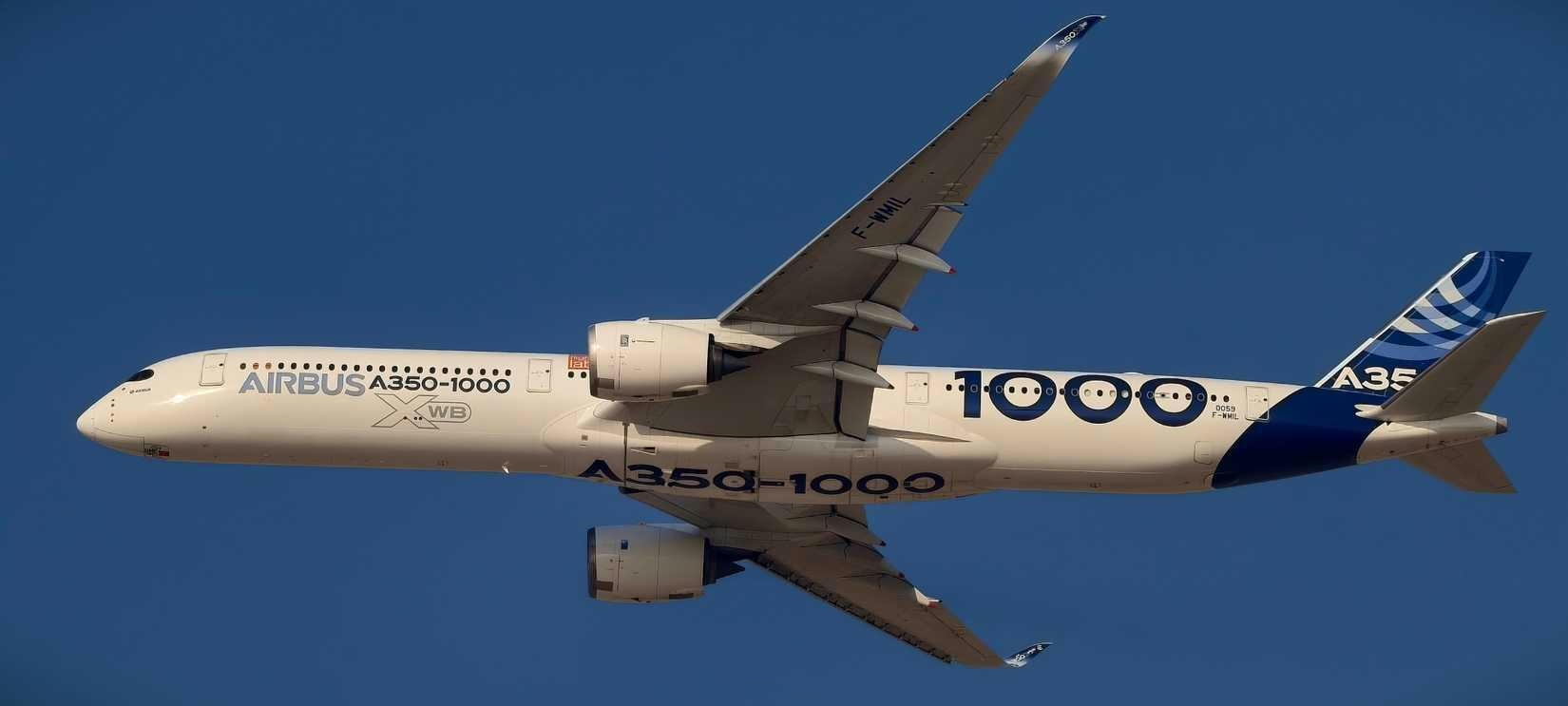
The Airbus A350-1000’s Fuel Efficiency Advantage Explained
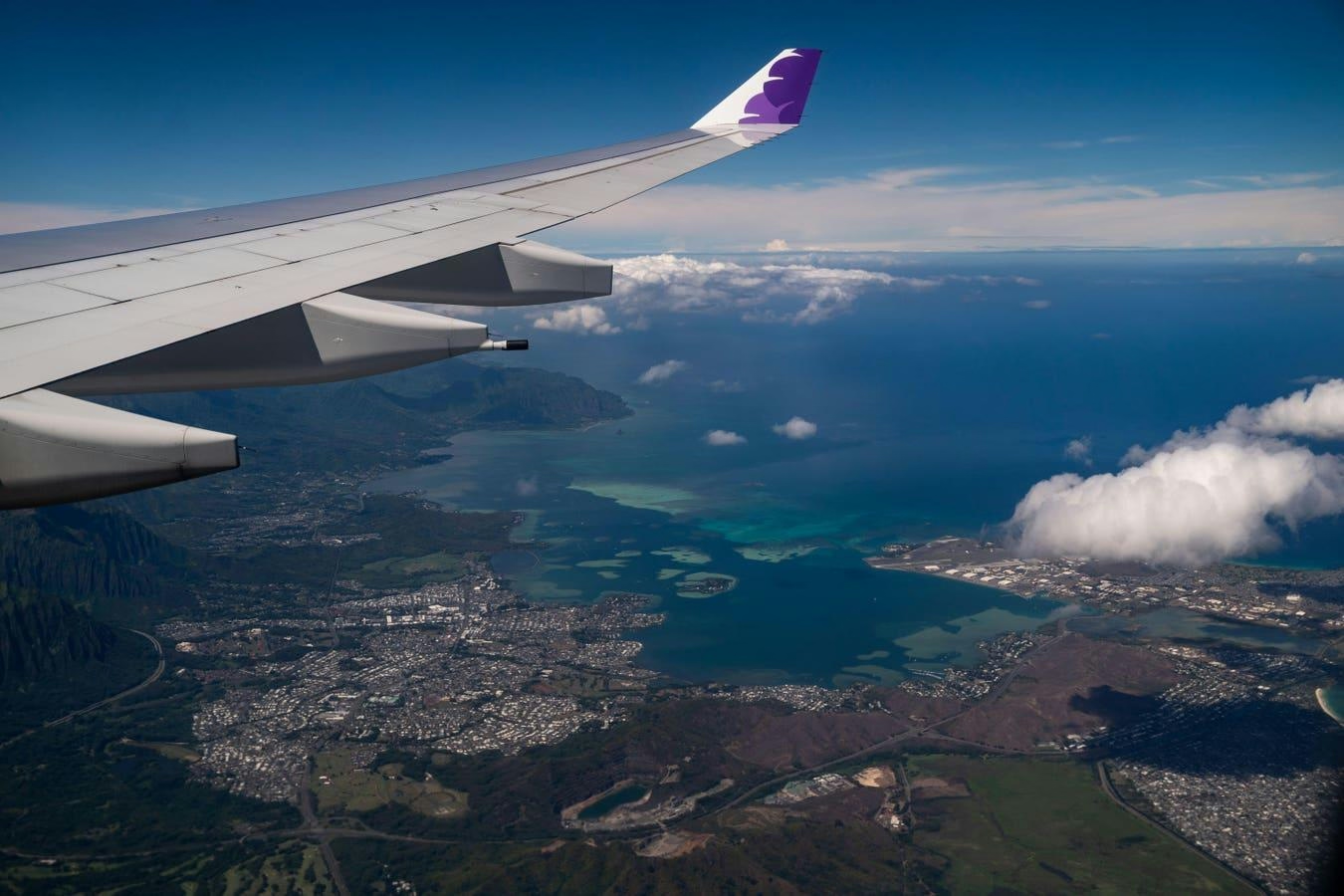
McNally Capital Expands Aviation Operations to Support Global Tourism

Two Young Climbers Begin Winter Ascent of McKinley
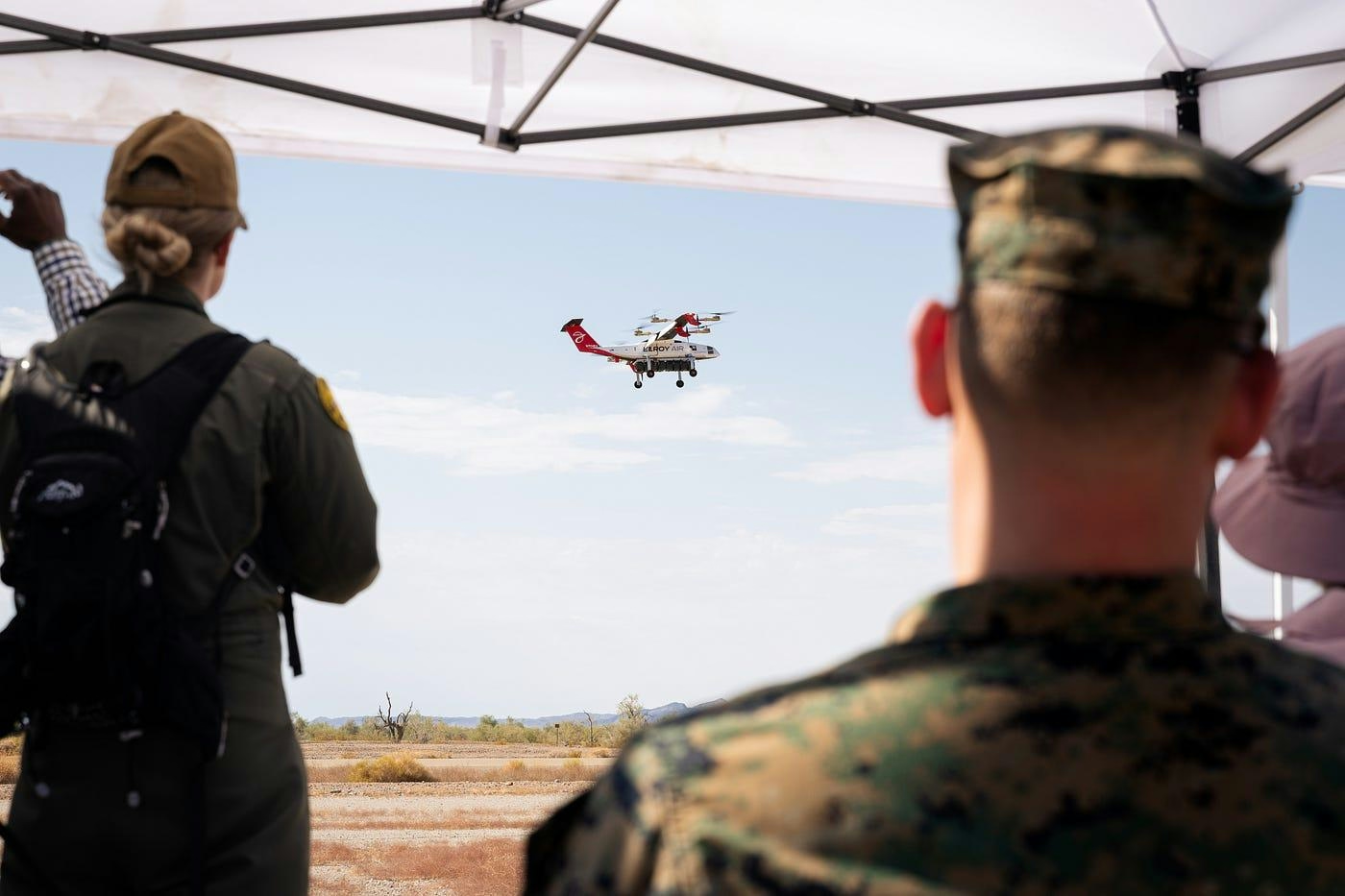
Elroy Air’s Autonomous Chaparral Delivers Lunch on A-to-B Flight
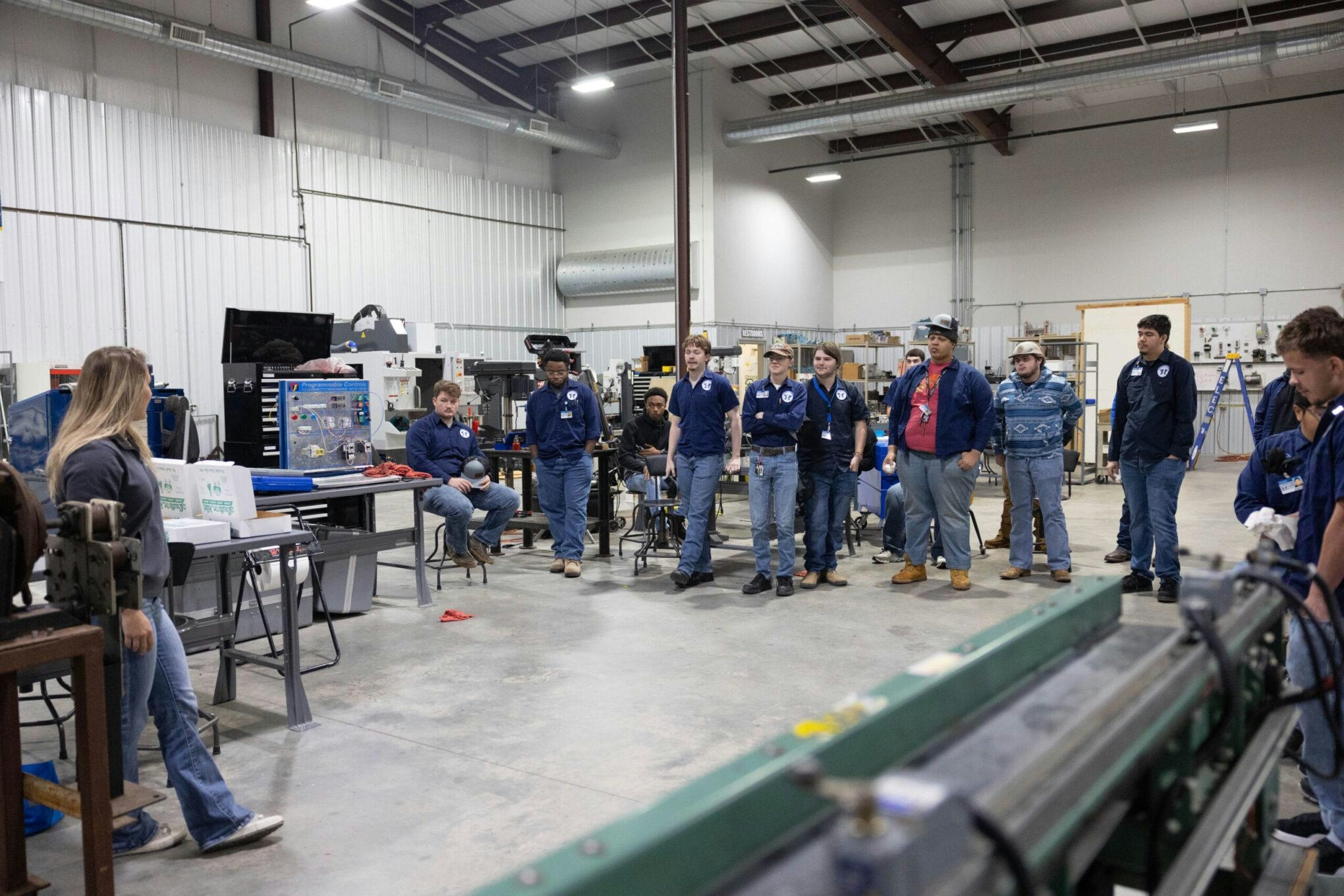
Texarkana College Holds First Graduation for Aviation Maintenance Technician Program
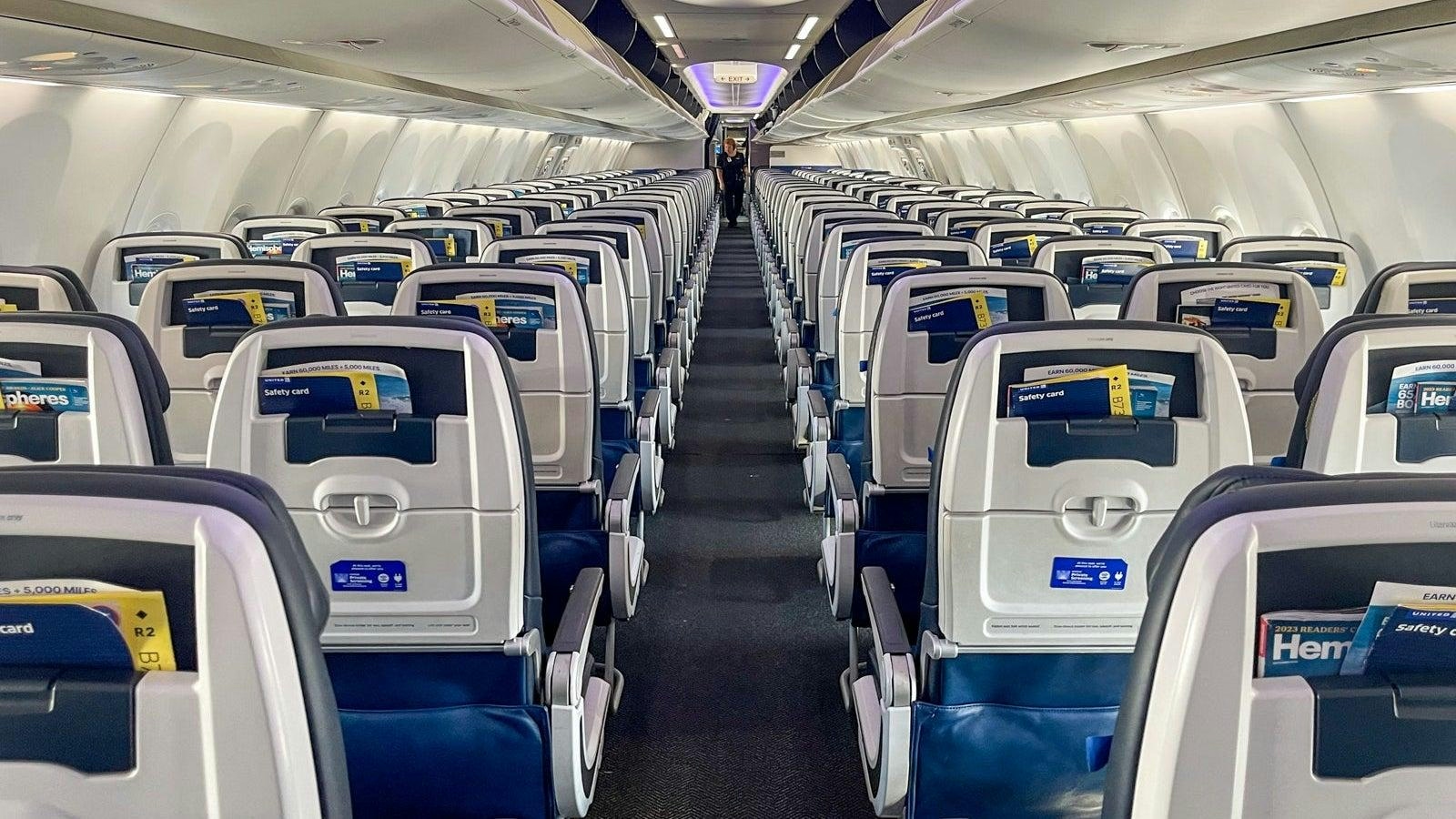
United’s 737 MAX 10s Have Flown Over 300 Hours Without Passengers

Airlines Adapt to Trade Disruptions and Supply Chain Challenges
